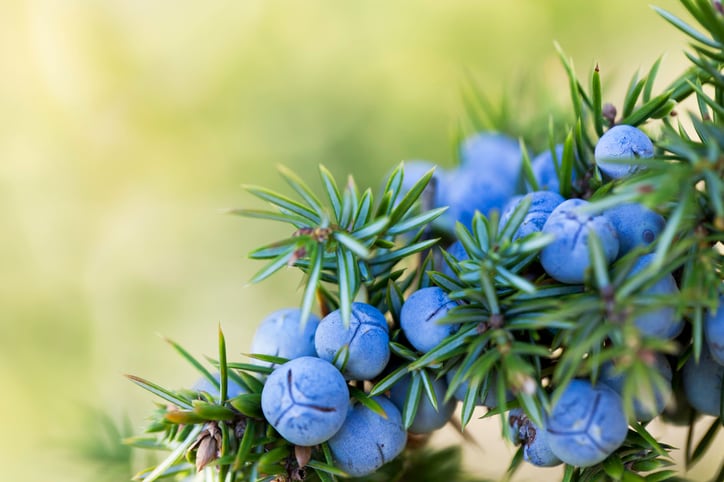Juniper berries are grown in a number of regions around the world, including Europe, Asia and North America. There are several varieties of juniper plant, which is a species of conifer, usually found as an evergreen shrub or small tree.
It is the berries from the plant that give gin its taste: and – in the same way wine talks about terroir – geography and growing conditions such as soil, altitude, rainfall and temperature can affect flavors.
Researchers from Heriot-Watt’s International Centre for Brewing and Distilling put the spotlight on the question: examining juniper berries from seven European regions: Albania, Bosnia, Italy, Macedonia, Montenegro, Serbia and Kosovo.
They found that each region produced berries with distinct chemical profiles: and, in fact, there was high variability between locations.
These differences already affect the woody, citrus, resinous and floral notes in the resulting gin.
Now, changing weather conditions are adding a new variable: and the combined regional variations and weather conditions at harvest means the berry profiles can ‘vary dramatically’.
Juniper berries and gin
There are a number of ways of producing gin: but the product is defined by the use of juniper berries.
The flavor compounds from the berries are extracted to create the distinctive taste of gin, most commonly via vacuum distillation.
Today, many gin producers also experiment with other botanicals such as citrus, spices and herbs to create unique flavors for their products: although juniper always remains the base flavor.
Increased rainfall means that berries must undergo longer drying periods: and that in turn affects their chemical composition. That can result in a shift in the flavor profile.
“The sensory characteristics most likely to be impacted in the final spirit include citrus, floral, sweet, peppery, woody, earthy and musty on the final spirit quality,” note study researchers Matthew Pauley and Annie Hill.
For many gin distillers, quality and consistency is key: and unpredictable weather patterns (and therefore varying juniper flavor profiles) can put that at risk.
What can gin producers do?
Gin distilleries often source juniper from specific regions to maintain a ‘house style’.
But as the flavors from different regions change, gin producers may need to be more nimble and creative in how they distil their spirit.
That could including adapting sourcing strategies, production parameters, or blending techniques.
It also means monitoring the juniper berries to see how flavors are changing.
And distillers should be open to exploring sourcing berries from new regions.

